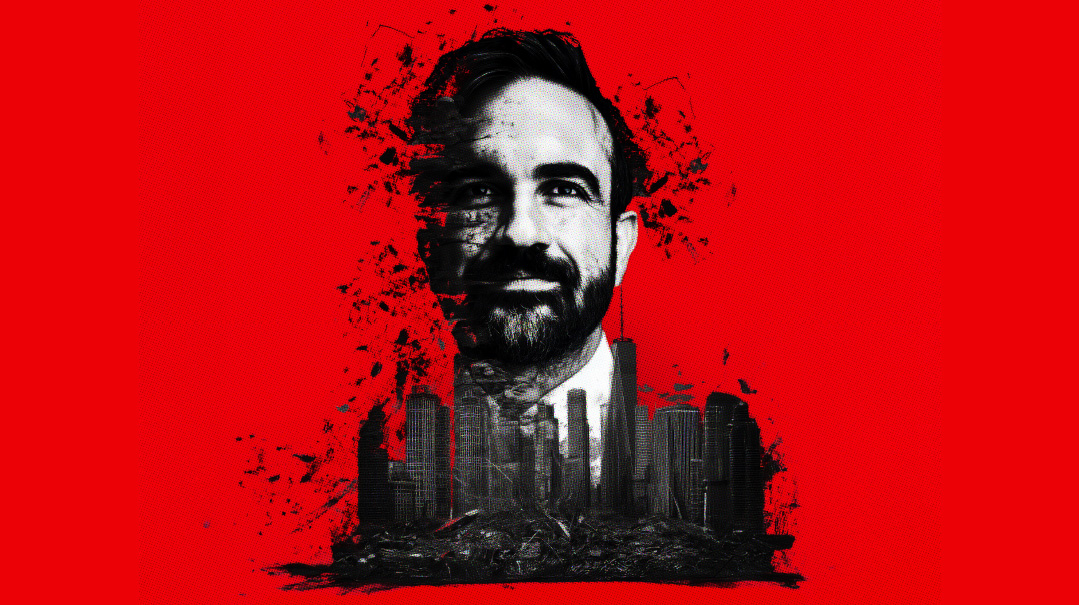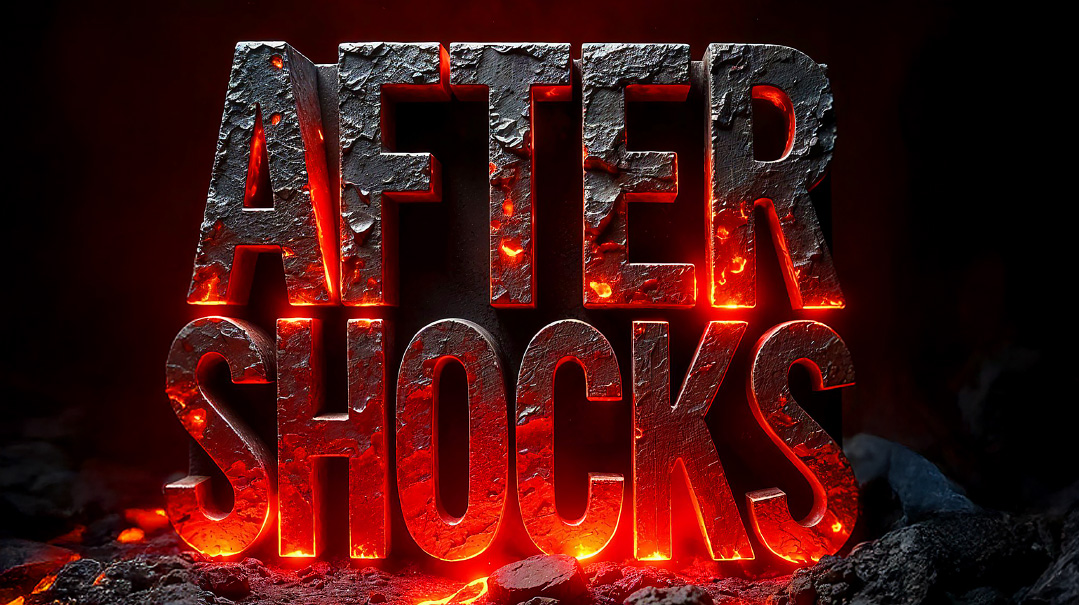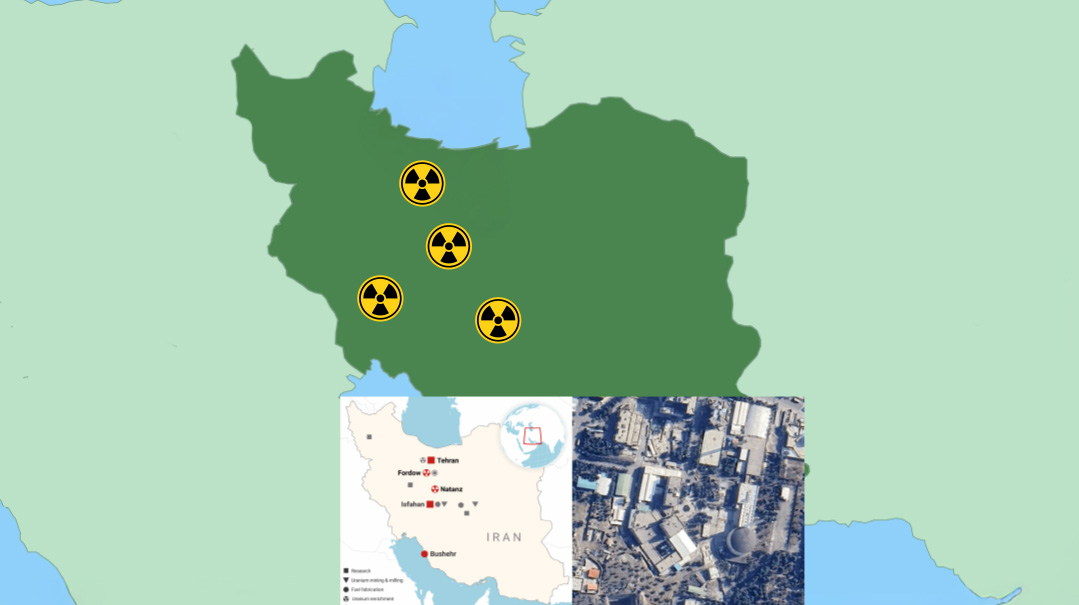Going Ballistic

Ballistics expert Nahum Shahaf says that Shireen Abu Akleh didn’t fall at the hands of the IDF
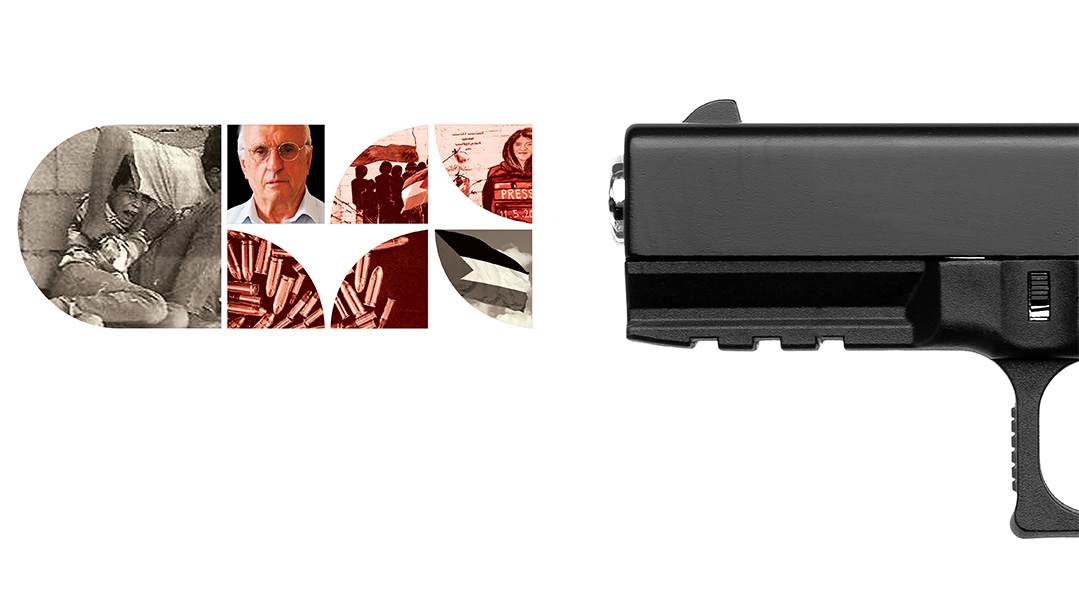
Photos: Elchanan Kotler, Flash 90
Two decades ago, ballistics expert Nahum Shahaf fought the prevailing narrative about Israel’s role in the notorious death of Mohammad Al-Durrah. Now, as the recent killing of journalist Shireen Abu Akleh becomes another chapter in Palestinian martyrology, Shahaf contends that once again, the IDF is not guilty and questions why Israeli authorities won’t speak up
When the shaky video footage emerged of the death of a journalist in Jenin, most Israelis steeled themselves for another media onslaught, but Nahum Shahaf prepared to do battle.
It was May 11, 2022, and Israel was enduring its worst terror wave in years; between March and May, 20 Israelis had been killed in small-scale attacks from Beersheva to Bnei Brak and Elad.
By early May, Jenin — long a terror lair — was once again in Israeli security forces’ sights.
Wearing a ballistic helmet and blue bulletproof vest marked “press,” Shireen Abu Akleh — a Palestinian-American who was a quarter-century veteran of Al-Jazeera — prepared to enter the city in the northern West Bank.
By the day’s end, her life was over, and the media storm had begun.
The Palestinians claimed that an Israeli sniper had deliberately shot Abu Akleh, Israel’s then-prime minister Naftali Bennett suggested that in fact it was Palestinian gunfire that killed her, and Western media outlets were quick to report events as the Palestinians saw them.
About a hundred kilometers down Israel’s Route 6 highway in Ramat Gan, Nahum Shahaf, a physicist and ballistics expert by training who helped pioneer drone technology for the IDF in the 1980s, watched the news and was taken back two decades.
For the last 30 years he has been fighting to expose how the Palestinians create and exploit tragedies, using a well-oiled publicity machine to turn public opinion against Israel.
Regarded as controversial due to his views on the Rabin assassination, Shahaf has a proven track record fighting this machine: After the 2000 killing of a young Arab boy named Muhammad al-Durrah, supposedly by the IDF, he showed that the video was in fact a montage of faked footage.
That was the period when the term “Pallywood” was coined to describe the methodic production of staged crimes and doctored video, sponsored by the Palestinians, to destroy Israel’s image in the eyes of the world.
Nahum Shahaf insists that this is a repeat of the al-Durrah incident — that the IDF is free of guilt, and that the Palestinians are responsible for the killing. The photograph of the lethal bullet, he says, is enough to prove his claims — if only Israeli authorities would take up the case.
But as time passes, the media narrative becomes set in stone. “That’s why in Abu Akleh’s case, I came out immediately,” Shahaf emphasizes. “We cannot let time go by.”
Twenty years after Muhammed al-Durrah’s death, the Abu Akleh shooting shows that footage of a Palestinian death when Israel can be implicated retains the power to grab the world’s attention.
But does Shahaf know something that the IDF doesn’t, or are his claims of another Pallywood production far-fetched?
Although an IDF source didn’t engage with the substance of Shahaf’s allegations — instead noting that the army’s experts would not have missed any obvious way to prove Israel’s innocence — those claims remain too troubling to dismiss.
As the Abu Akleh death becomes another chapter in Palestinian martyrology, is a political decision to bury the controversy handing Israel’s enemies a victory?

“An easier way to prove it” IDF bullets (above) are lighter than those fired by the Kalashnikov’s used by the Palestinians
Palestinian Icon
“I’ll wear a kippah to honor your visit,” says an enthusiastic Nahum Shahaf, 76, as he opens the door of his Ramat Gan apartment.
The apartment’s considerable size is somewhat offset by the clutter of plants, pictures, drawings, certificates (among them the Israeli Prize for Media Criticism and the National Award from the Ministry of Sciences), books, and a shelf he made himself decorated with real bullet-holes.
We sit at the coffee table, and Shahaf begins his presentation. He starts right in on the bullet that the Palestinians turned over to the US.
“Only because Biden is visiting the Middle East, they agreed to hand over the bullet,” Shahaf says. “They were pressured by the US government, but that only gives us more reason to suspect. Why didn’t they want to hand over the bullet until now? Maybe they had something to hide. And, in fact, they had — because the bullet came from their Kalashnikov rifle.”
Shahaf, as it turns out, comes from an interesting background. The son of Holocaust survivors, he grew up in Petach Tikvah in the home of Rav Moshe Leib Ozer, one of the roshei yeshivah of the famous Lomza Yeshiva, who was connected to one of his aunts.
“Rabbi Eliezer Menachem Shach was a maggid shiur there, and Rabbi Chaim Kanievsky was a talmid,” he says. “I grew up among gedolim!”
Shahaf’s interests later took him to study physics, and he earned a master’s from Bar-Ilan University. Later, he applied his expertise in the military arena, becoming one of Israel’s leading developers of unmanned aerial vehicles (UAVs or drones), and later working on missiles for Israel Aerospace Industries.
Regardless of his background, the main reason why Shahaf’s opinion counts is that he has been in this position before.
On the second day of the Second Intifada, on September 30, 2000, a Palestinian cameraman working for French television released a video showing a young boy called Muhammad al-Durrah supposedly being shot by the IDF. The images of the child being murdered while huddling in his father’s arms traveled the world instantly.
For anyone who didn’t witness the media barrage around the event, it’s hard to understand the effect of the supposed murder.
For days afterward, news outlets all over the world were filled with the horrific, grainy images of a terrified boy being sheltered by his father, as both crouch behind a concrete block.
Emotion did the rest: Muhammed al-Durrah became the face of Palestinian suffering and a rallying cry across the Muslim world. It came to the point that countries like Egypt and Tunisia issued postage stamps of the boy, and suicide bombers invoked his death in their farewell videotapes.
For many across the West, it was proof positive that Israel was a heartless occupier visiting destruction on defenseless Palestinians.
A 2005 New York Times article about the incident quoted Richard Landes, a Boston University professor specializing in medieval cultures, who studied footage from other Western news outlets that day, including the pictures of the boy.
“We could argue about every frame,” he said.
But after watching the scenes involving Muhammad al-Durrah three times, he concluded that it had probably been faked, along with footage on the same tape of separate street clashes and ambulance rescues.
“I came to the realization that Palestinian cameramen, especially when there are no Westerners around, engage in the systematic staging of action scenes,” he said, calling the footage “Pallywood cinema.”
Over in Israel, Shahaf came to the same conclusion. He closely analyzed the images, and was able to present an extended report showing lots of changes in al-Durrah’s posture during the footage. He also demonstrated how, given where al-Durrah was situated, it was impossible for him to have been struck by an Israeli bullet.
When Al-Jazeera reporter Shireen Abu Akleh was caught in the crossfire between IDF troops and Palestinian gunmen in May, the media response was grimly familiar.
Coverage was in line with the victim’s standing: a woman, a Palestinian, and a reporter.
The International Federation of Journalists declared that the killing was committed by “Israeli troops.” Amnesty International affirmed that this was “a bloody reminder of the deadly system in which Israel locks Palestinians.” CNN stated that Abu Akleh “was shot dead in a targeted attack by Israeli forces.” The Washington Post said that their investigation “suggests that an Israeli soldier killed Abu Akleh,” and the New York Times reported the bullet was fired “most likely by a soldier from an elite unit” from the IDF.
The icing on the cake came from the Office of the United Nations High Commissioner for Human Rights, who concluded that IDF soldiers were responsible for the killing, and whose spokesperson, Ravina Shamdasani, stated that it was “deeply disturbing that Israeli authorities have not conducted a criminal investigation.”
Counter to the UN’s assertions, the IDF did investigate the case and concluded was that it was not possible to determine the bullet’s origin. A few days later, an international investigation led by the US came to the same conclusion. But by the time they communicated that result, no one seemed to care. The pro-Palestinian narrative had become so entrenched that any assertion to the contrary was dismissed or ignored.
The United States was enmeshed in the back-and-forth that ensued over who was responsible and joined Israel in demanding the bullet that killed Abu Akleh. After many weeks, the Palestinian Authority produced a bullet it claimed proved Israeli guilt, just before President Biden’s visit to the region last week. The bullet was turned over to American investigators, who examined it and concluded that it was too badly damaged to ascertain which type of rifle had fired it. (That didn’t stop the US State Department from issuing a statement that it was “likely” fired by an IDF soldier.)
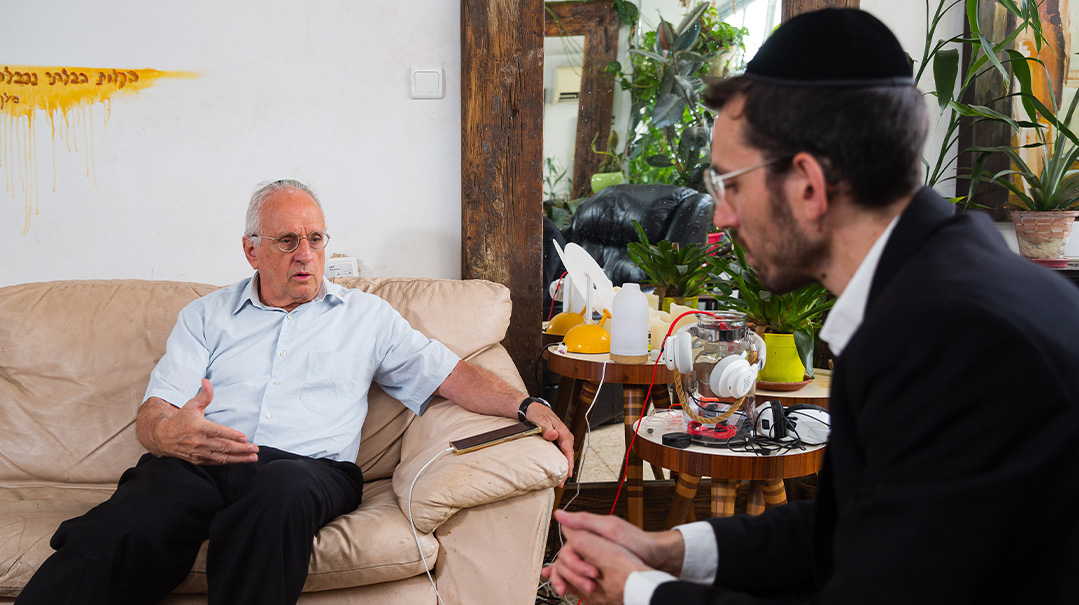
Explosive Claims
With Israel now facing a similar scenario in the shooting death of Shireen Abu Akleh, Shahaf gives a quick course in ballistics to explain how the IDF is being framed. He was privy to the autopsy photos, and based on his examination of the entry and exit wounds, he was able to considerably narrow down the types of bullets that could have caused the damage he saw.
“Now, there are two kinds of bullets that the IDF employs: M-16 ammo and Ruger. Neither of them has the power to do that kind of destruction,” he explains.
“The Palestinians claim that she was shot by a Ruger, a sniper rifle used by the IDF. But that weapon is considered non-lethal at a distance of over 100 meters. In the case of Abu Akleh, however, the bullet not only penetrated her spine but completely dismantled her lower jaw. The Ruger rifle could not have destroyed her face like that. A wound like that requires a very strong bullet moving at a very fast pace.
“So there we have the first problem, even according to the Palestinian facts. But a Kalashnikov could for sure do that.”
Shahaf’s claims go further: “Beyond this elementary fact, there is even an easier way to show that the bullet was not from the IDF. Wait a second.”
He reaches for an electric scale, to demonstrate how simple this would have been for the IDF to check.
“The bullets that the IDF uses weigh between 3.4 and 4.4 grams,” he says. “The Kalashnikov bullets are an 80 percent heavier, around 7.8 grams.”
Needless to say, the US Department of State report did not mention anything about the weight of the bullet. However, IDF sources consulted for this article denied that an evaluation of the bullet could so simple, and countered that if it were so easy to show the provenance of a bullet, they would have done so. But Shahaf has more arrows in his quiver.
“Let’s assume that it was a Kalashnikov bullet, and indeed the Palestinians killed Abu Akleh,” he says. He produces a dummy bullet, made out of silver play-dough, that has been shaped into a distorted form.
“I made this based on the pictures of the original bullet,” he says. “There are only two places that a bullet can get compacted after being fired: either at the point, because it hits its target, or at the bottom, because it turns around in the air. Now, the bullet in the Abu Akleh case is compacted on its side. The only way you can get this kind of shape is by hitting the bullet with a hammer or a very heavy object.
“They forged the bullet on purpose, so that the forensic investigators wouldn’t be able to figure out where it came from. But it was done in such a primitive way that it is easy to realize what happened.”
But if Palestinian tampering is so obvious, as Shahaf claims, the obvious question is, how come the experts who examined the bullet missed the obvious?
“There are two options,” says Shahaf. “Either they are not experts in the field, or there was a political decision not to blame the Palestinians.”
The idea that the Israeli government could make a political decision not to dispute a statement that damages their own image before a global audience might sound unbelievable. And in fact, the IDF sources consulted for this article dismissed Shahaf’s argument completely. But Shahaf says this would not be first time that Israel has made such a decision.
After his Muhammad al-Durrah investigation, Shahaf was invited to speak in different venues around the world. He offered interviews, gave lectures, and published articles. Nevertheless, he was ignored or belittled by the Israeli government. And he says that this was intentional.
“After I proved the forgery in al-Durrah’s case, I was invited to lecture in New York in front of American officials, I was honored by the Faculty of Criminology of Washington University, considered among the most prestigious in the world, and I was contacted by Major General Yom Tov Samia, who was head of Israel’s Southern Command, about running the investigation,” he says. “But the Israeli Police put a stop to my appointment, because there was a tremendous pressure against me from the Ha’aretz newspaper.”
Shahaf says that Ha’aretz mounted a campaign to discredit him, claiming that he was not an expert, and, in the end, the Palestinian version of the al-Durrah case was the one that conquered public opinion. Ironically, years later, in 2007, Nahum Shahaf was awarded the Israeli Prize for Media Criticism for his al-Durrah investigation. But it was too late. The pro-Palestinian narrative was already established.
Shahaf feels that his research could change the way the public has judged the Israeli forces in Abu Akleh’s murder. But he thinks that, before we can convince the outside world, there must be a change in Israelis’ self-perception.
“There were and still are members of the government who do not want the best for our nation,” says Shahaf. “It’s incredible that inside the Israeli institutions, we still have people who encourage politics against the Jewish People. And who, despite being able to stop Jewish bloodshed, do nothing about it. It’s time that all the institutions, the army and the police, undergo an investigation to see if they are protecting Jewish interests.”
It’s precisely dark, almost conspiratorial language like this about Israeli authorities that has led some to question Shahaf’s judgment.
But even short of “deep state” government sources operating against the country’s interests, another — more benign — political calculus exists for keeping quiet: Knowing that Israel’s detractors have made up their minds already, the IDF wants to end a controversy that the country can never win, regardless of the evidence.
For Nahum Shahaf, and for Israel’s reputation, there is no happy ending to this story.
“I’ve spoken with IDF people, and I sent them some fragments of my research, but they still haven’t answered me,” he says.
Shahaf needn’t wait by the phone.
Even as he continues to be sought after internationally on matters of physics and ballistics, his own country’s authorities treat him with wariness. The physics lecturer is too big to ignore, but remains a lone, often uncomfortable voice.
Helped along by media outlets quick to condemn Israel, Shireen Abu Akleh has gone from reporting on the news to join the pantheon of Palestinian martyrs.
Her death — like that of Muhammad al-Durrah — is in their minds another proof of Israeli perfidy.
(Originally featured in Mishpacha, Issue 920)
Oops! We could not locate your form.

